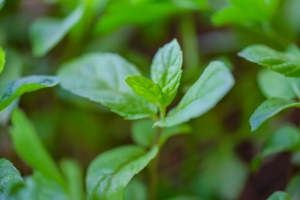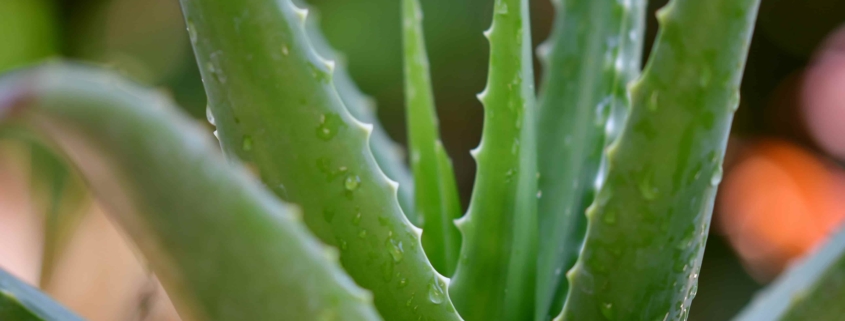A Holistic Approach: Alternative Medicine in Emergency Situations
Alternative medicine and a holistic approach is important to know and understand. If you find yourself lost in the wilderness, or simply want a more natural solution to assist your healing, this article explores the use of herbal remedies to support first aid. I am a believer that both medical and holistic approaches are important in different situations.
Note: We are providing some alternative options to supporting first aid, and to only use such remedies after your own education and research
Harnessing the Power of 4 Herbal Remedies:
Wound Care with Calendula:
- Benefits: Calendula possesses anti-inflammatory and antimicrobial properties.
- Application: Create a poultice or infused oil to cleanse and promote healing for minor cuts, scrapes, and burns.
- Personal experience: 2 of my children were birthed under the care of a midwife (team), and calendula was a staple in the healing kit post birth. Compared to my first born, I noticed a difference in my healing.
Arnica for Bruises and Sprains:
- Benefits: Arnica is known for its anti-bruising and anti-inflammatory effects.
- Application: Prepare an arnica salve or compress to alleviate bruising and reduce swelling associated with sprains.
- In a health food store Arnica also comes in naturopathic dissolving “beads” to melt under the tongue.
Aloe Vera for Burns:
- Benefits: Aloe Vera offers soothing and cooling properties.
- Application: Extract the gel from the leaves and apply it to burns for instant relief and accelerated healing.
- Many people grow Aloe Vera plants at home, and also products can be purchased at the story containing aloe. We keep a bottle of Aloe Vera gel along side our sunscreen in the summer.

Chamomile for Digestive Issues:
- Benefits: Chamomile has calming and digestive properties.
- Application: Brew chamomile tea to ease nausea, indigestion, and gastrointestinal discomfort.
First Aid Essentials with Herbal Alternatives:
Herbal Antiseptic Spray:
- Ingredients: Thyme, lavender, and tea tree essential oils.
- Application: Mix oils with water in a spray bottle for a natural antiseptic to cleanse wounds.
- Another option is Silver (in a spray) carried in your first aid kit as a natural antiseptic.
Peppermint Oil for Headaches:
- Application: Dilute peppermint oil (per essential oil instructions) and apply to temples for headache relief, or inhale for a refreshing pick-me-up.
- If you are lucky enough to find peppermint in the great outdoors, you may also chew the leaves.

Activated Charcoal Poultice:
- Benefits: Activated charcoal can absorb toxins and reduce inflammation.
- Application: Create a poultice to draw out toxins from insect bites, stings, or infected wounds.
-
- If you have ever seen those foot absorption pads advertised to detox your body, they are typically made with this same charcoal. Throw a few in your first aid kit in case of bites or stings!
-
Echinacea Tincture for Immune Support:
- Benefits: Echinacea is known for its immune-boosting properties.
- Application: Take echinacea tincture to support the immune system during stressful situations. Can also be found in pill form at the health food store or in some pharmacy’s.
Preparing an Herbal First Aid Kit:
Essential Oils:
There are hundreds of oils, and combinations of oils. Here we will just name a few:
Lavender Oil: Antiseptic, anti-inflammatory, calming.
Uses: Wound care, burns, insect bites, stress relief.
Tea Tree Oil: Antimicrobial, antiseptic, antifungal.
Uses: Disinfecting cuts, treating fungal infections, insect bites.
Peppermint Oil: Analgesic, anti-inflammatory, cooling.
Uses: Headaches, muscle aches, nausea, insect repellent.
Eucalyptus Oil: Decongestant, antiseptic, expectorant.
Uses: Respiratory issues, insect bites, muscle pain.
Chamomile Oil: Anti-inflammatory, calming, analgesic.
Uses: Skin irritation, anxiety, sleep aid.
Frankincense Oil: Anti-inflammatory, antimicrobial, calming.
Uses: Wound healing, inflammation, stress relief.
Lemon Oil: Antiseptic, antibacterial, uplifting.
Uses: Disinfecting, uplifting mood, nausea.
Clove Oil: Analgesic, antimicrobial, anti-inflammatory.
Uses: Toothache, pain relief, insect bites.
Ginger Oil: Analgesic, anti-inflammatory, digestive.
Uses: Nausea, muscle pain, digestive issues.

Tips for Using Essential Oils in First Aid:
- Dilution: Essential oils are potent, so always dilute them with a carrier oil (like coconut or jojoba oil) before applying to the skin.
- Patch Test: Perform a patch test before applying essential oils to a larger area to check for any allergic reactions.
- Inhalation: Inhaling the aroma of essential oils can have therapeutic effects. You can use a diffuser or inhale directly from the bottle.
- Consultation: If you have specific health concerns or are pregnant, consult with a healthcare professional before using essential oils.
- Storage: Keep essential oils in dark glass bottles in a cool, dark place to preserve their potency.
Conclusion:
In emergency situations, the integration of herbal remedies into your first aid approach can provide effective and natural solutions. While it’s necessary to seek professional medical assistance when available, having knowledge of herbal alternatives empowers individuals to address immediate health needs with accessible and sustainable resources. By incorporating herbal remedies into your emergency preparedness plan, you can enhance your ability to respond effectively to a range of health issues, fostering a holistic and resilient approach to well-being.



